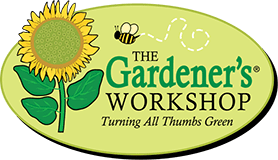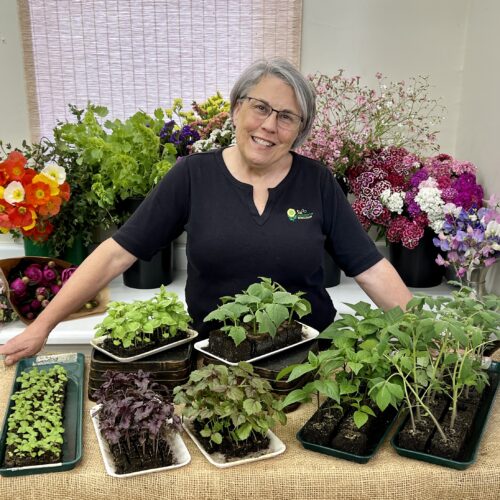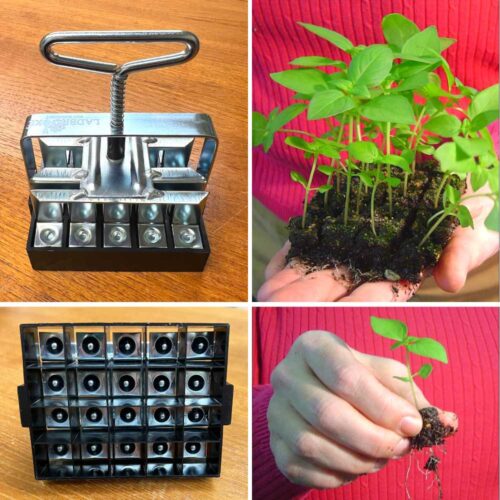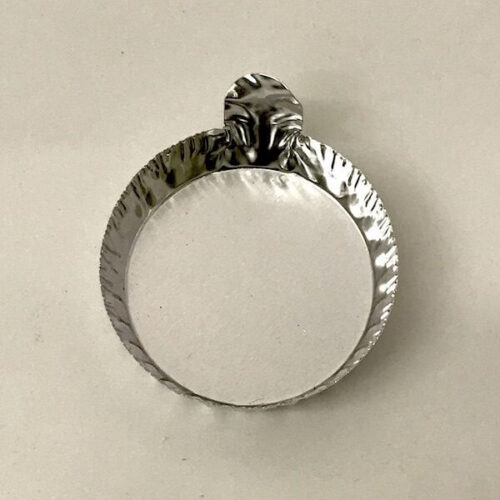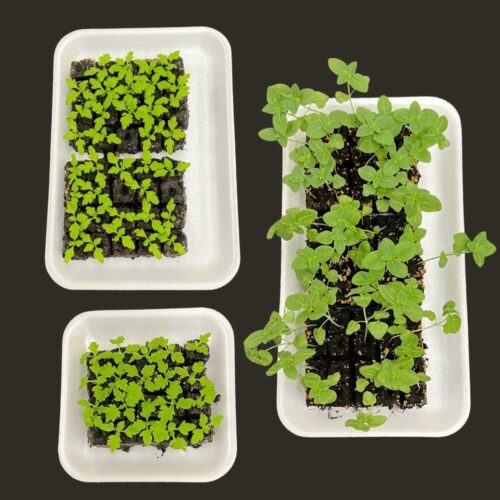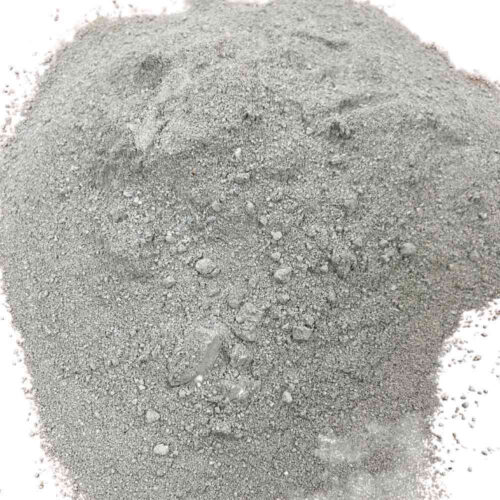How to make the most of your cut-flower bounty!
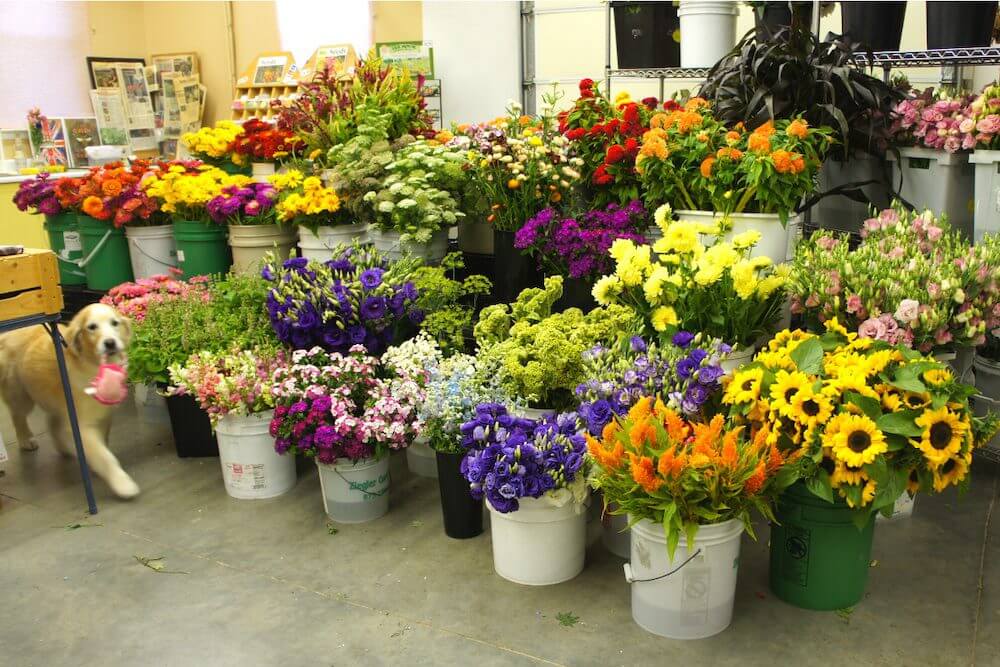
We are known on the local cut-flower scene for our near-perfect blossoms and how long they last in the vase. While this may have happened by chance at the beginning of my flower farming career— nowadays I work pretty hard at making my flowers as gorgeous and long lasting as possible. Certainly being “locally grown” gives my flowers the advantage on vase life over those shipped in from other countries. Did you know that 80% of flowers sold in the USA are imported from distant lands?
Here are the steps I follow to ensure that our flowers last as long as possible. This is our general cut-flower harvesting and conditioning regimen. This is not rocket science–but when followed, you will become a rock star among your flower-loving friends!
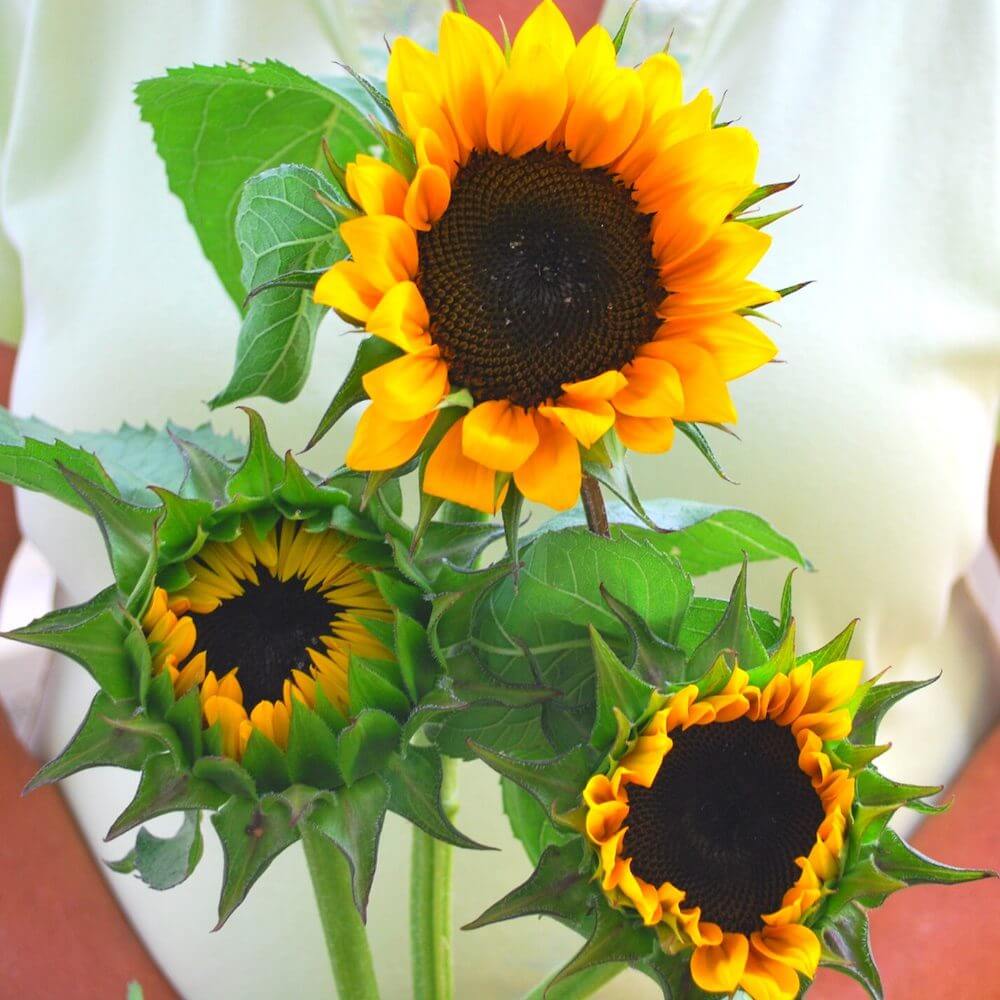
Sunflowers are harvested when the pedals are just cracking.
When to Harvest: The timing of when in its life, a flower stem is harvested makes or breaks how beautiful and how long the stem will last. You cannot make a worn-out flower look good or an immature bloom hold its head up in a vase. This is why it is best to learn at what stage to harvest the flowers you are growing. To learn more on stage of harvest on some of the flowers we grow and where to make the cut on the plant for more stem growth check our seed packets and or my books Cool Flowers and Vegetables Love Flowers. Both books include this information for the featured flowers.
Some examples; zinnias and cockscomb should be fully developed at harvest; once cut, they do not open or develop anymore. On the other hand, sunflowers and snapdragons are harvested when they are just starting to open to prevent any pollination that shortens vase life or pest damage to those delicate petals. Both continue to open beautifully in the bucket indoors, safe from hot sun, wind, and pest damage. So, knowing the stage of the flower at harvest time is a really big part of long vase life.
Foliage removal varies from flower-to-flower so it is key to become familiar with the requirements of the flowers you are growing. Leaving too much foliage shortens vase life and causes stress on the stem’s ability to hydrate–it simply cannot drink enough to keep all that foliage alive.
Conditioning Cut Flowers: Conditioning is what is done to the flower stem after harvest to make it last as long as possible in the vase.
Buckets and Containers: Let’s start with the buckets and containers used during the life of cut flowers, and I’ll cut to the chase: if you aren’t willing to drink water out of whatever you are putting the flowers in, then don’t put cut flowers in it. This step is so underrated. We have a bucket-washing station on our farm and everything is washed after each use. Using containers that have a scummy film, which is not always visible, takes days of vase life off the flowers. Bacteria is present in that scummy film. When you add water and then the debris that comes out of flower stems –bacteria immediately springs into action. When buckets and containers are clean, it delays this cycle. Adding flower conditioning products to the water delays this process even more.
Wash your buckets and containers with any dish-washing liquid, using a little bleach if needed to remove the built-up scum. Containers and frogs can also go in the dishwasher.
Pre-treatments and Cut-Flower Foods: We use several products on our farm at an added expense and labor. We do it because it makes a difference in the vase life of our flowers. Pre-treatment does not replace fresh cut-flower food. Food is the next step after pre-treatment.
- Harvest buckets get a CVBN Tab that is a pre-treatment. This chlorine-based tab kills all the bacteria that are a result of the cut stems dumping debris into the water. This debris immediately begins the cycle of bacteria growth. Some flowers are known to dump more debris than others and also are more sensitive to this polluted water. We call this group the dirty dozen. At the top of the list are zinnias, marigolds, sunflowers, daffodils, and dahlias to name just a few. Pre-treating buys extra days of life in a vase. The flowers are treated for at least 4 hours and can sit in this treatment for up to 3 days. For store-bought flowers: cut 2” of stems off and place them into the water with a CVBN Tab for the instructed time.
• Quick Dip is another pre-treatment. This ready-to-use liquid opens the waterways in stems of flowers that are clogged for a variety of different reasons. This is most often needed for store-bought flowers that have been shipped dry. There are a few homegrown garden flowers that can benefit from this product, among them campanula, feverfew, rudbeckia, and hydrangeas. Any flower that is still drooping 4-8 hours after harvesting can benefit from pre-treatment with Quick Dip. Follow the directions on the bottle.
• Fresh Cut-Flower Food is what goes in the final vase after any necessary pre-treatments. Flower food makes a difference. If you have used it with no visible results, chances are good that the stems were clogged from dry shipping. When the stems are clogged, they do not drink and get the benefit of the food. Flower varieties that have gone the dry shipping route are chosen by importing growers because those flowers can survive without water for many days, so we don’t even realize they are not drinking. Flower food provides nutrition to keep flowers colored up and to continue opening, biocide to help prevent bacteria from developing, and a ph balancer that helps to prevent air bubbles that cause clogged stems. Homegrown flowers drink lots of water and benefit from having food to live.
In a nutshell: harvest at the right time, into clean containers, pre-treated where indicated, and then use flower food in the vase.
Don’t just grow great flowers; have near-perfect blooms that last a long time in a vase.
Happy harvesting!
Lisa Ziegler
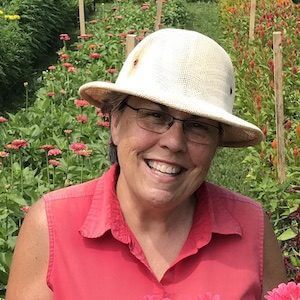 Founder of The Gardener’s Workshop and Flower Farming School Online and the publisher of Farmer-Florist School Online and Florist School Online. Award-winning Author of Vegetables Love Flowers and Cool Flowers. Watch Lisa’s Story, listen to her Podcast and view her blog on Field & Garden. Connect with Lisa on Facebook and Instagram!
Founder of The Gardener’s Workshop and Flower Farming School Online and the publisher of Farmer-Florist School Online and Florist School Online. Award-winning Author of Vegetables Love Flowers and Cool Flowers. Watch Lisa’s Story, listen to her Podcast and view her blog on Field & Garden. Connect with Lisa on Facebook and Instagram!
